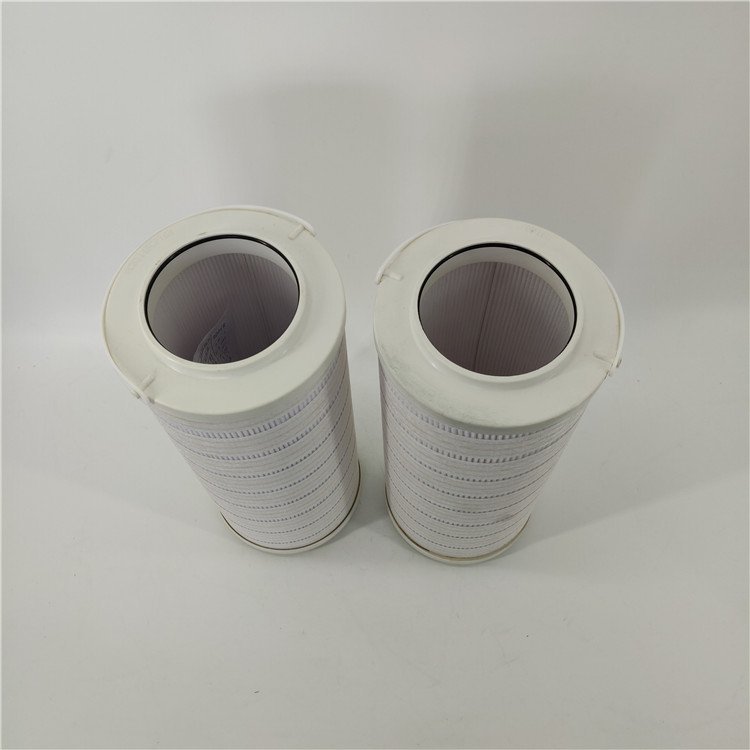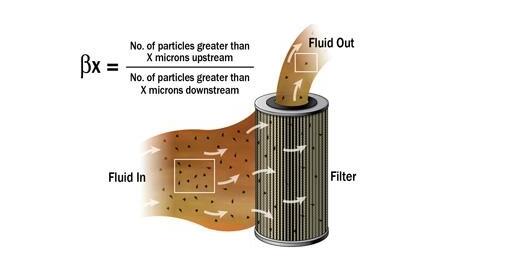
With filtration being a critical activity for many industrial or manufacturing organisations, it’s vital to choose the right micron and beta rating to keep contaminants like dirt, metal shavings and other particulates from circulating inside a hydraulic system and causing damage - but what exactly does this mean? The effectiveness of filtration and separation impacts processes that determine quality standards for your application; therefore, you need to select the right micron and beta rating to ensure the size at which particles are retained by the filter are correct. With that in mind, the key starting point for your filter selection process is the micron rating so you establish which filters have the capabilities you require. Let’s break it down…
What is a Beta Rating?
Beta ratings come hand in hand with micron ratings and in fact, can provide more clarity when it comes to measuring media’s efficiency. It’s fine talking about micron sizing, but without a beta rating, manufacturers wouldn’t be able to describe the performance of the media used inside a filter. So what exactly is it and how do you measure it effectively? Well, beta ratio is used to express filter efficiency for a given particulate size. This, in summary, is the number of particles before filtration divided by the number of particles after filtration. Here’s an example:
If a 5-micron filter element has 1,000,000 particles upstream (pre-filtration) and allows 1,000 particles downstream (post-filtration), it’s Beta ratio would be calculated as 1,000,000 (upstream) / 1,000 (downstream) = β1000 or an efficiency of 99.9%.
All in all, beta ratings give us a scientific standard to compare and gauge the filtration quality of elements and they are used to explain the efficiency of filtration for all fluids, oil, diesel, petrol etc; it’s simply a measurement that’s used within the filtration industry. It’s highly important that both the micron rating and beta ratio is matched to the required application to maximise effectiveness and reduce the risk of damage and issues within systems.
For this reason we took the decision to only supply our customers glass fibre elements (β1000 | 99.9% efficient) rather than cellulose (β2 | 50.0% efficient) where possible to ensure your system gets the highest quality of filtration it can leading to a healthier and longer lasting hydraulic system.
For further information about beta rating or to enquire about our filtration services, please contact us directly at info@filterreplace.com.

Contact: Sunny
Phone: 18790023620
Tel: +86 18790023620
Email: info@filterreplace.com
Whatsapp:+86-18790023620
Add: Tiantan Road,Huling Industrial Zones,Jiyuan ,Henan ,China